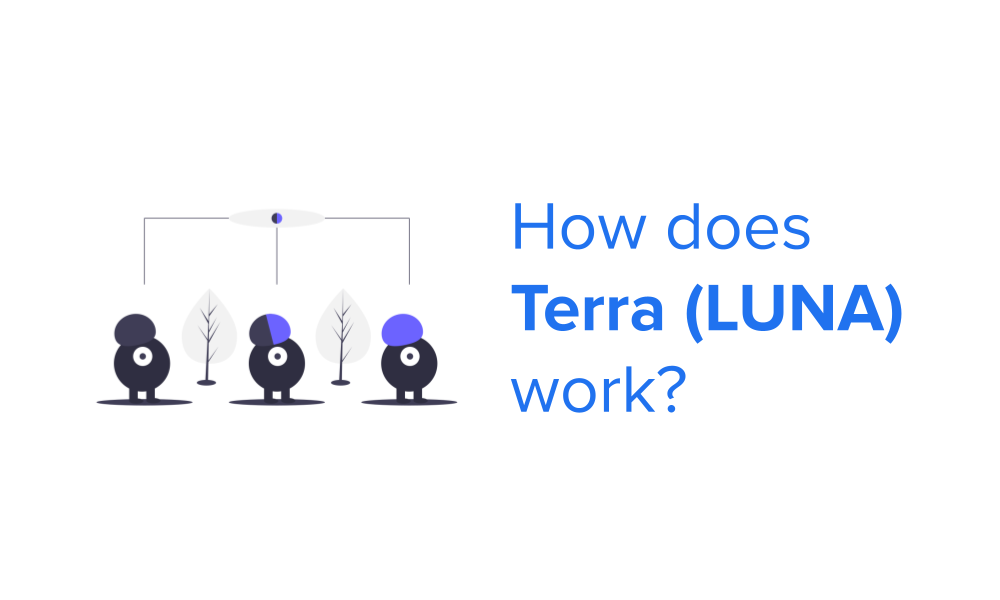Terra is an algorithmically-governed blockchain protocol that offers a collection of stablecoins. It maintains the prices by using Terra miners to burn or mint Terra stablecoins and LUNA.
Bitcoin was created with the vision to replace current fiat currencies across the world. However, one major issue with the adoption of Bitcoin worldwide is its price instability. Other major cryptocurrencies also share this issue. Therefore, to facilitate mass adoption of cryptocurrencies we need a stabilizing mechanism. This mechanism should be price stable and provide a safe store of value. This would facilitate the larger adoption of cryptocurrencies by merchants and buyers. Terra, set out with this vision to facilitate larger adoption of cryptocurrencies.
What is Terra?
Terra is an algorithmically-governed public blockchain protocol that facilitates a range of stablecoins. Additionally, it provides a growing array of decentralized finance applications. It has a collection of fiat-pegged tokens (Terra stablecoins) and a stabilising crypto asset, LUNA. The protocol stabilizes Terra stablecoins’ price by balancing supply and demand. LUNA pool and Terra pool executes instantaneous swaps to obtain price stability.
Additionally, the stablecoins underpin a growing DeFi ecosystem for the mass. It combines the best features of Bitcoin and Fiat currencies. The platform allows users to easily and swiftly trade using Terra Stablecoins. Thus, making it easier for merchants and buyers to adopt cryptocurrencies. For this currency network to function, Terra requires a wider number of people on the network. Terra Alliance, a set of 15 large e-commerce companies in Asia was formed to achieve this. The alliance collectively processes $ 25 billion annually and 45 million active users. Therefore, allowing Terra to provide a simple payments network without traditional payment value chains. Additionally, Terra offers significantly lower transaction costs. It continues to build a more rigid infrastructure with DeFi tools and assets that users can enjoy.
Terra’s Token Economics
The terra ecosystem has two types of tokens: a large family of Terra Stablecoins and LUNA. LUNA is the native token used for governance, mining rewards, volatility absorption and transaction fees. The protocol runs on a Delegated Proof of Stake (DPoS) mechanism, where miners stake LUNA to mine Terra stablecoins. Terra stablecoins are pegged to the world’s major powerful fiat currencies. The bundle includes currencies pegged to USD, EUR, CNY, JPY, GBP, KRW etc. Over time, the network will add more currencies to the network via user voting.
How does Terra work?
The Terra protocol works as a distributed ledger that is maintained by validators on the network. The validators work under DPoS algorithm and vote on blocks, thus earning LUNA tokens as rewards. Terra miners play an instrumental role in security by participating in the PoS consensus mechanism. Additionally, they help in stabilizing prices by absorbing short-term volatility in demand.
Consequently, the network achieves stability by mining rewards with a contracting and expanding money supply. Every time prices deviates a little, Terra puts pressure to normalize the price. LUNA pool and Terra pool constantly add or subtract from Terra’s supply. Miners burn LUNA to mint Terra and vice versa. The protocol offers stable rewards in contractions and expansion alike. Therefore, following the simple rule of supply and demand.

